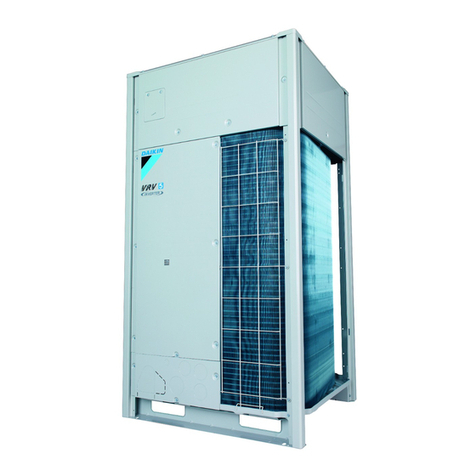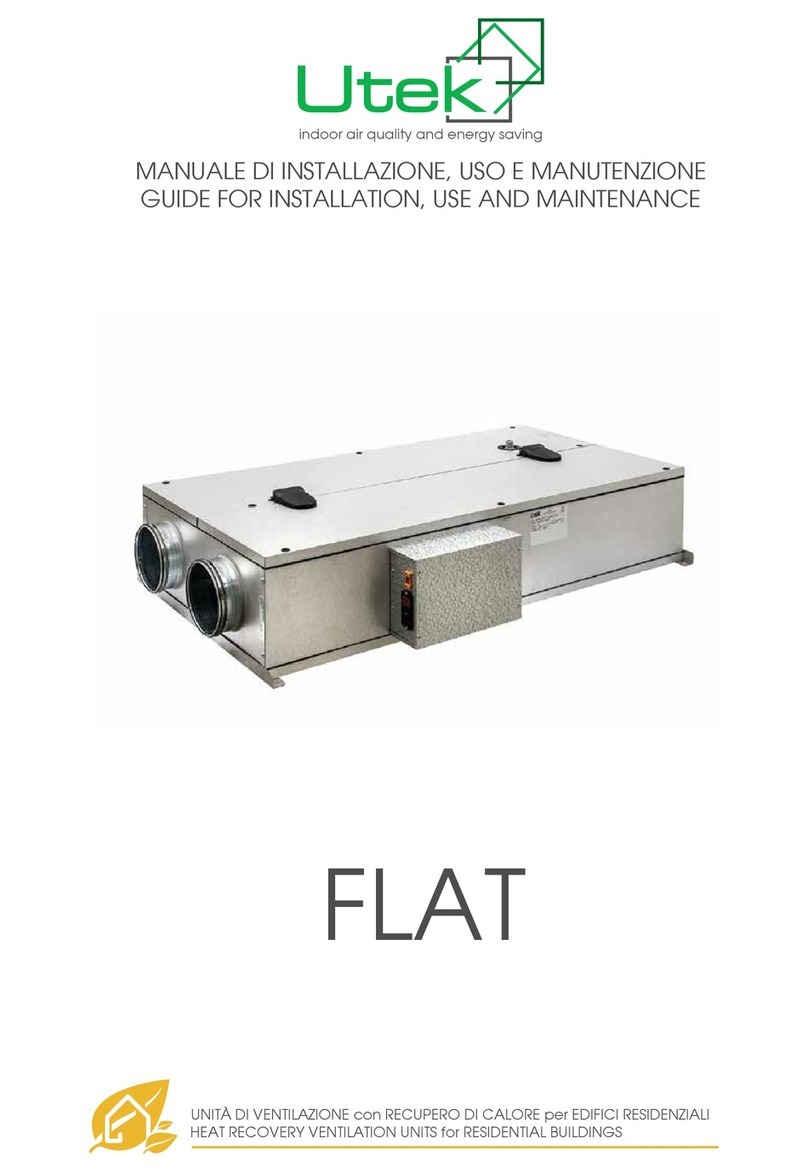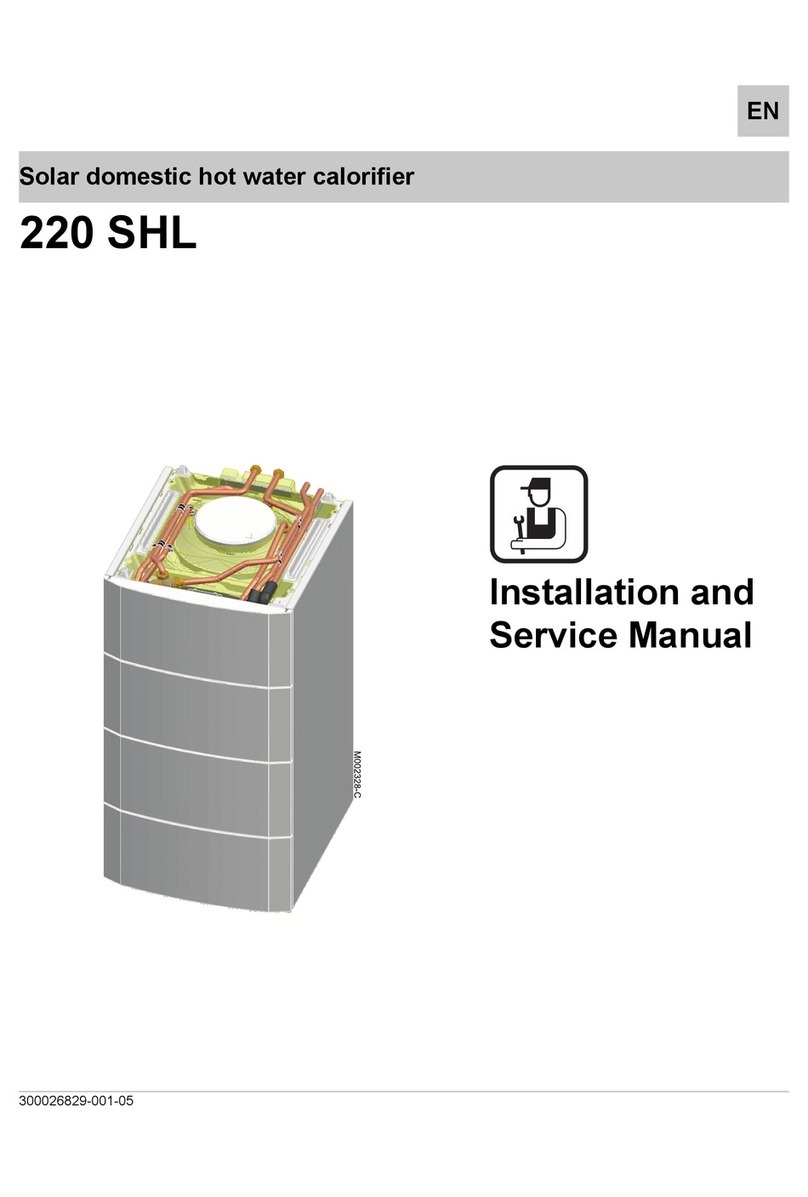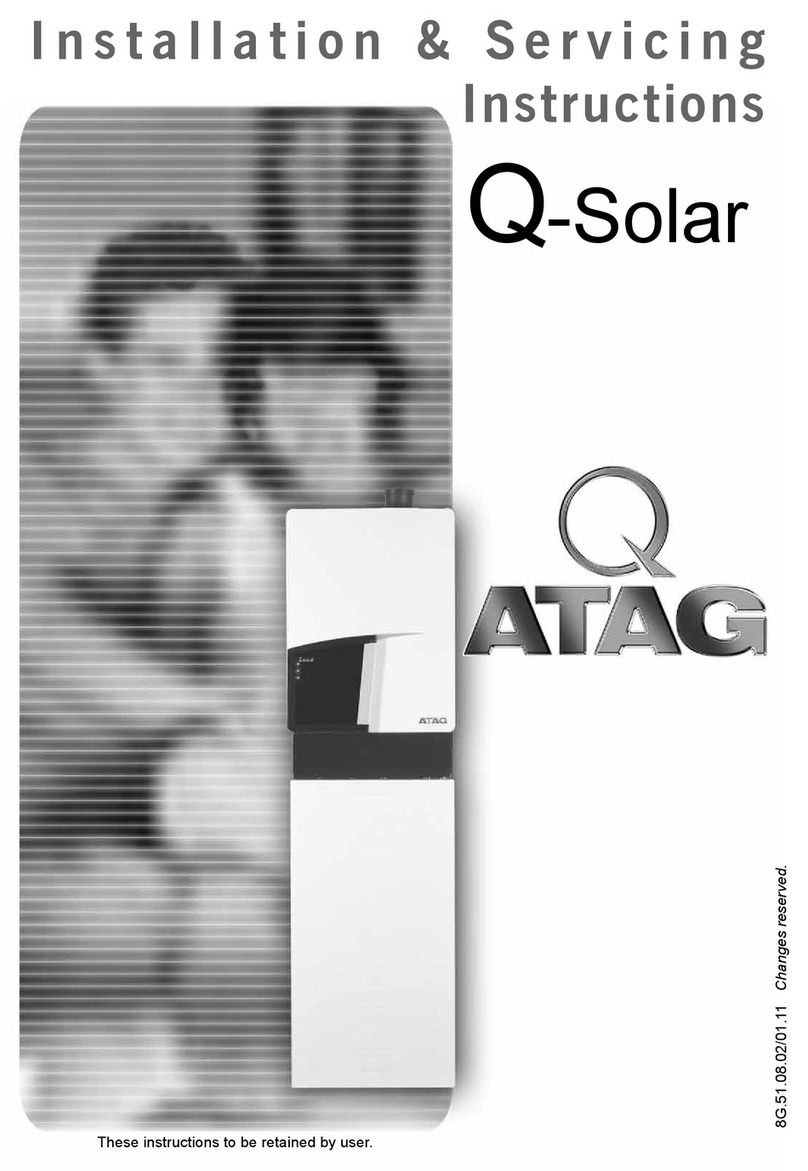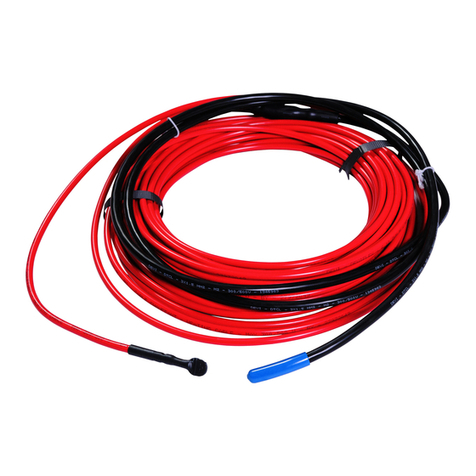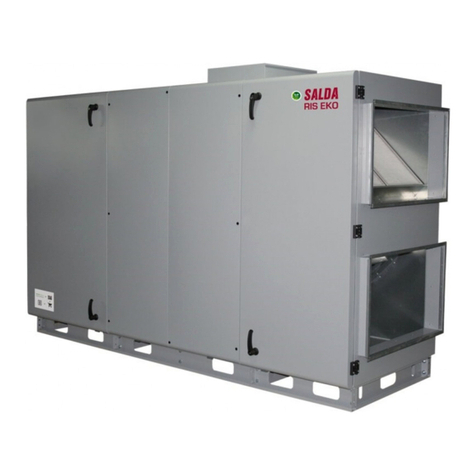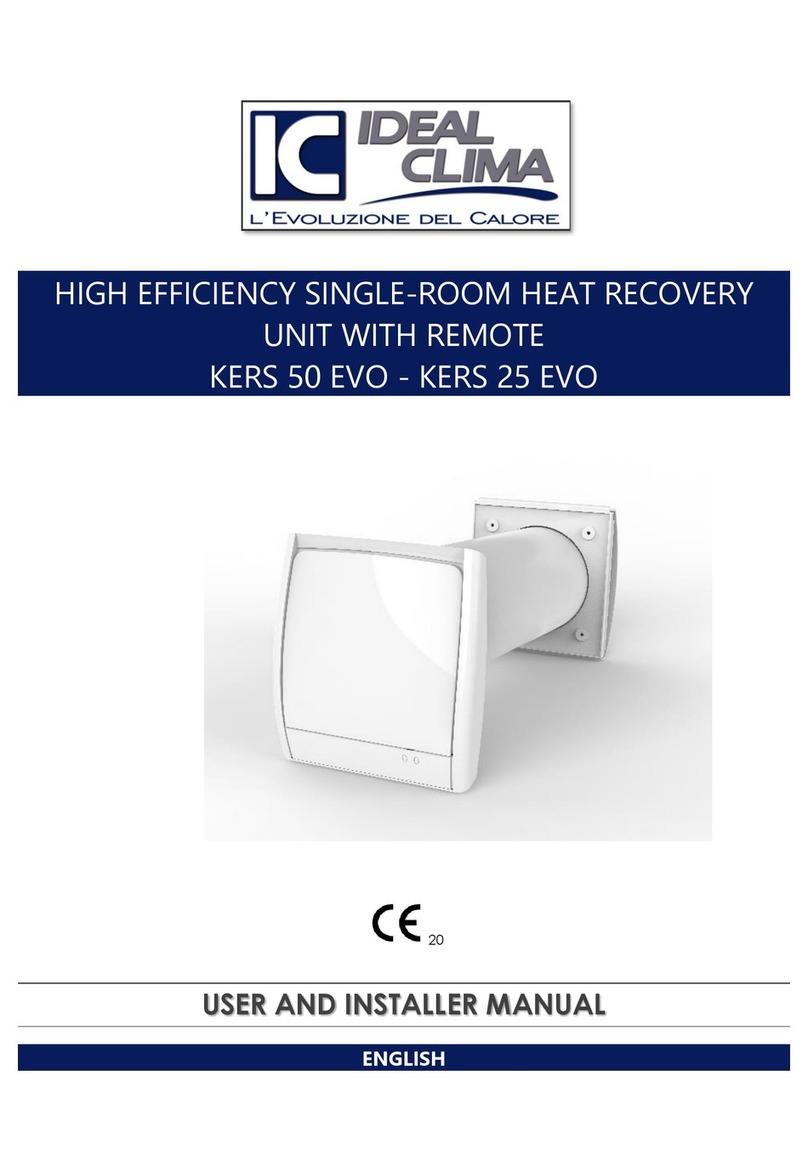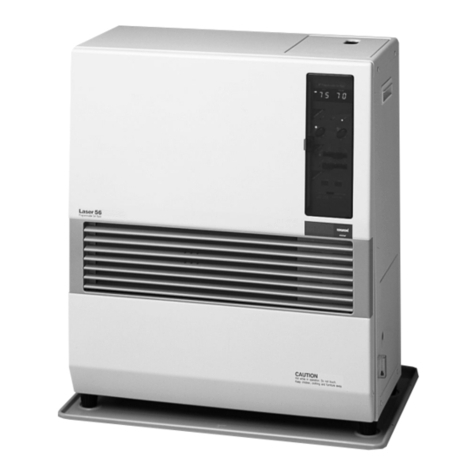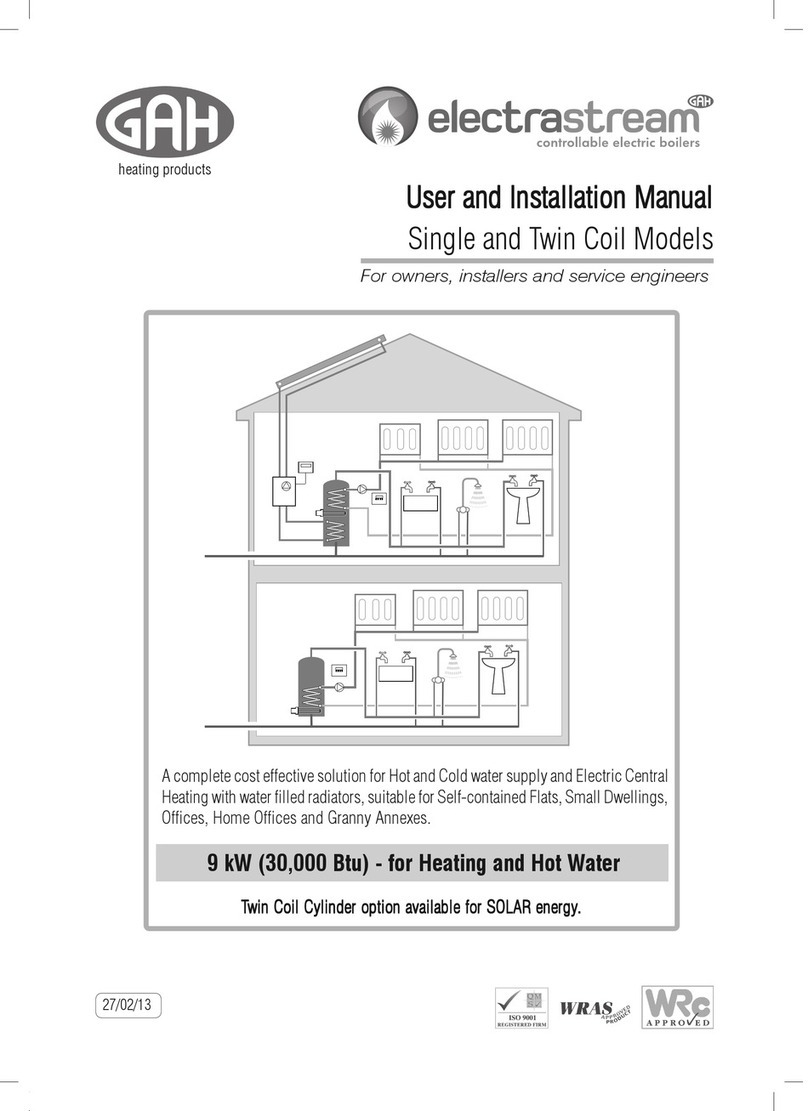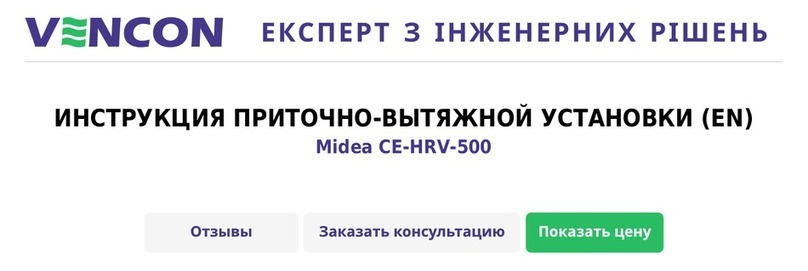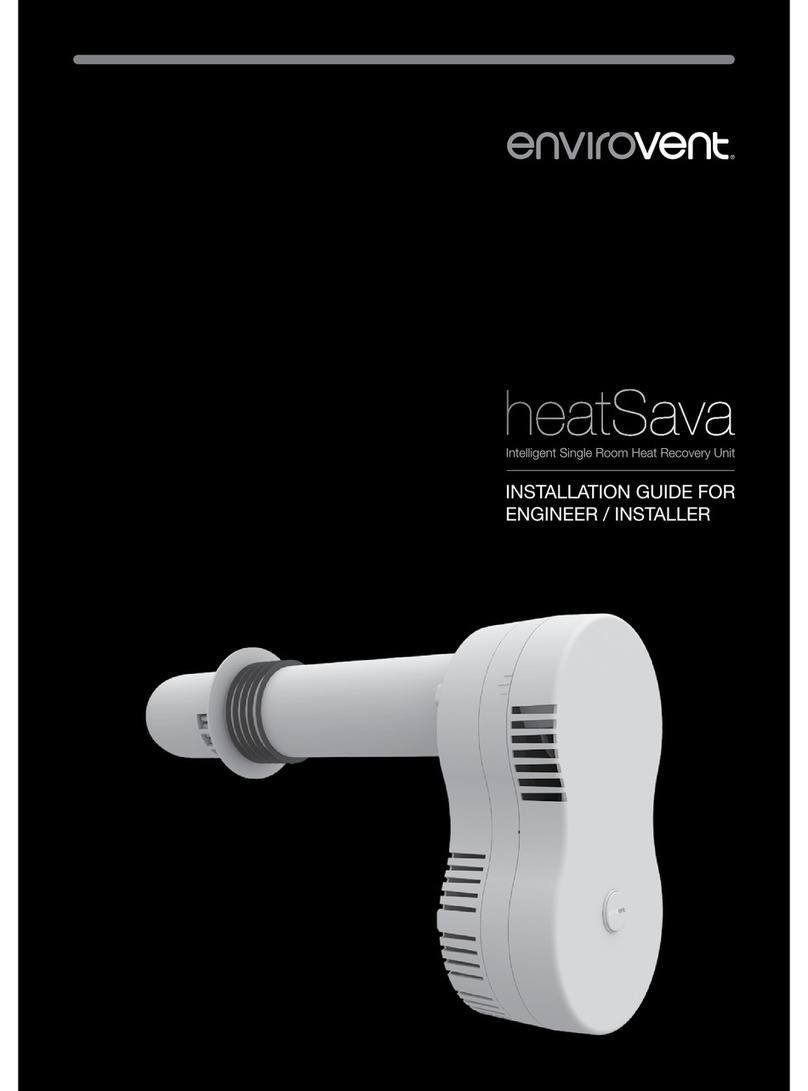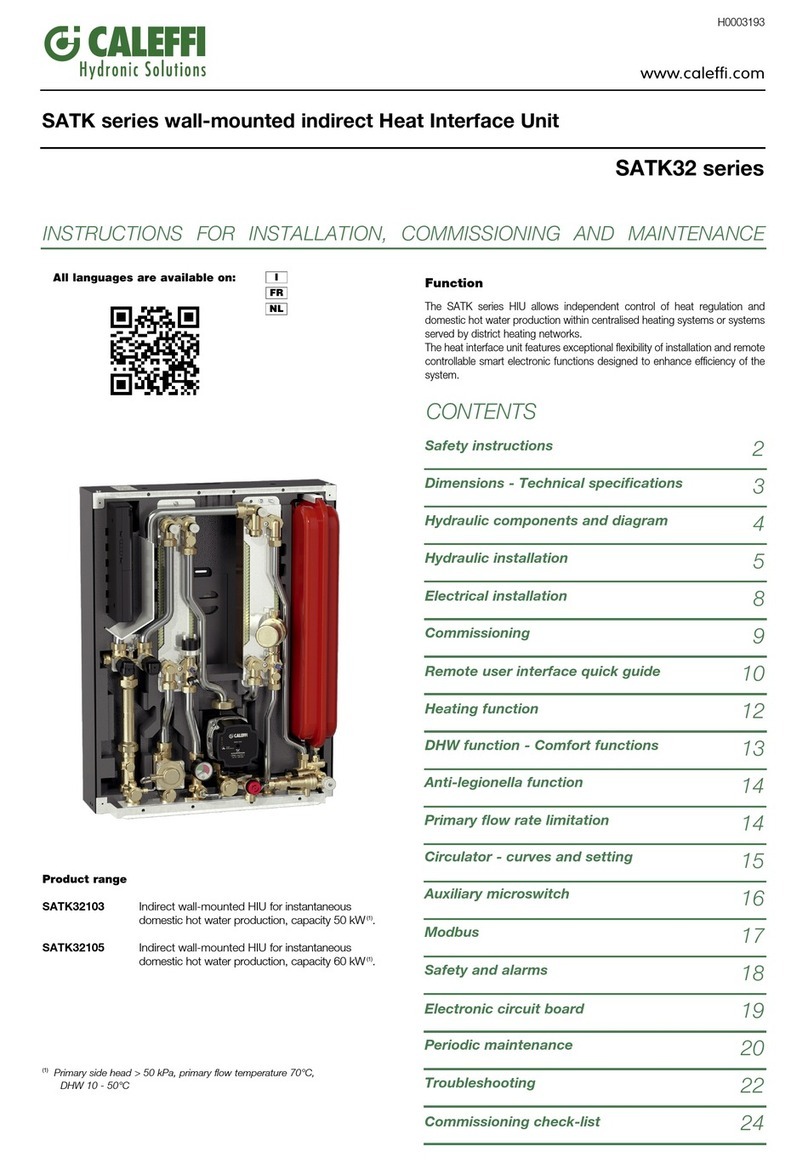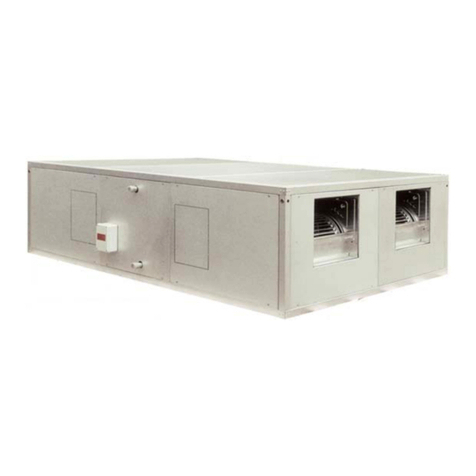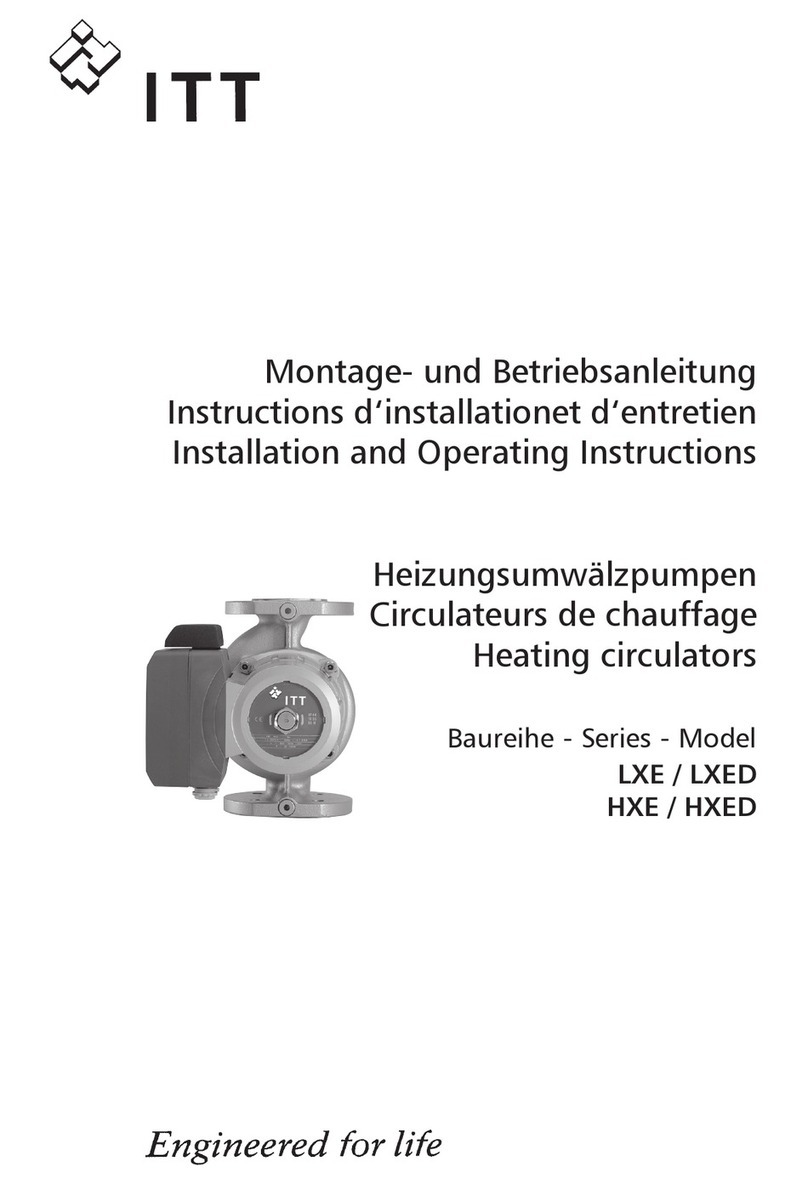Mirror Demister Installation Instructions
Please check that the mirror is suitable for use
with mirror demister pads.
We don’t recommend using demisters on
mirrors with any cut-outs for lights or sockets,
as these can weaken the mirror.
• You should aim to cover at least 70% of the mirror’s
surface with the demisters to ensure effective heating.
• We recommend leaving a margin of around 50mm
from the edge of the heating pad to the edge of the
mirror; the minimum margin you should leave is 25mm.
• You can combine mirror heater units to provide effec-
tive coverage of larger mirrors.
• Place your mirror face down on a at surface.
• Clean the mirror reverse to remove dirt or grease.
• Remove the safety foil from the demister reverse.
• Place the Mirror Demister sticky side down onto the
back of the mirror, in the area you wish to be
condensation free, ensuring there are no air bubbles.
• If using adhesive to afx the mirror it must be solvent
and acrylic free, and should be used according to the
manufacturer’s recommendations.
• If you are going to afx the mirror with screws, you
should ensure that the screws have rubber spacers so
that only the mirror is in contact with the spacers and is
free to move slightly. No other holes should be cut into
the mirror as this may cause excessive stress and
damage the mirrors during heating.
• If the mirror is going to be tted inside a frame, the
frame should allow for a small amount of movement
and rubber spacers should be used where applicable.
• You should ensure that space is made for the rubber
connection and the lead behind the mirror, so that these
sections will not place pressure on the mirror itself.
• You should ensure that space is made for the rubber
connection and the lead behind the mirror, so that these
sections will not place pressure on the mirror itself.
• The mirror should be carefully installed and a qualied
electrician should carry out the electrical connection.
• Low Voltage (12V) models installed outside of zone 1
must be supplied using a suitably rated and approved 12V
transformer; e.g. a low Voltage lighting transformer.
Models installed in zone 1 must be supplied by a SELV
isolating transformer, with the source outside zone 1.
• The Mirror Demister would normally be connected by
a fused spur onto the lighting circuit of the room. The
demister should not, however, be left on for a sustained
period of time if it is unable to dissipate its heat.
• In circumstances where the demister is being used for
a sustained period of time, we recommend tting a
thermostat or a timer switch, to prevent overheating.
• As with any Class II heating device, Mirror Demisters
can induce a charge in the metallic foil used within the
construction of the mirror. If this foil is not earthed this can
lead to a capacitance issue, where the foil builds up an
electric charge which only dissipates when it is grounded.
For installations with the possibility of touching the
metallic foil within the mirror construction, we recommend
that you consider installing an earth to alleviate this issue.
230V Technical Specification:
Heating element: Carbon with copper
Supply voltage: 230W/sqm +/-10%
Power output: 200W/m2
Housing: IP44 rated insulation
Coldtail lead: 1m 0.75mm2double insulated cable
Self Adhesive
Call 01444 247020 for installation advice
www.heatmat.co.uk
12V Technical Specification:
SELV Rated
Heating element: Carbon with copper
Supply voltage: 230W/sqm +/-10%
Power output: 200W/m2
Housing: IP44 rated insulation
Coldtail lead: 1m 0.75mm2 double insulated cable
Self Adhesive
